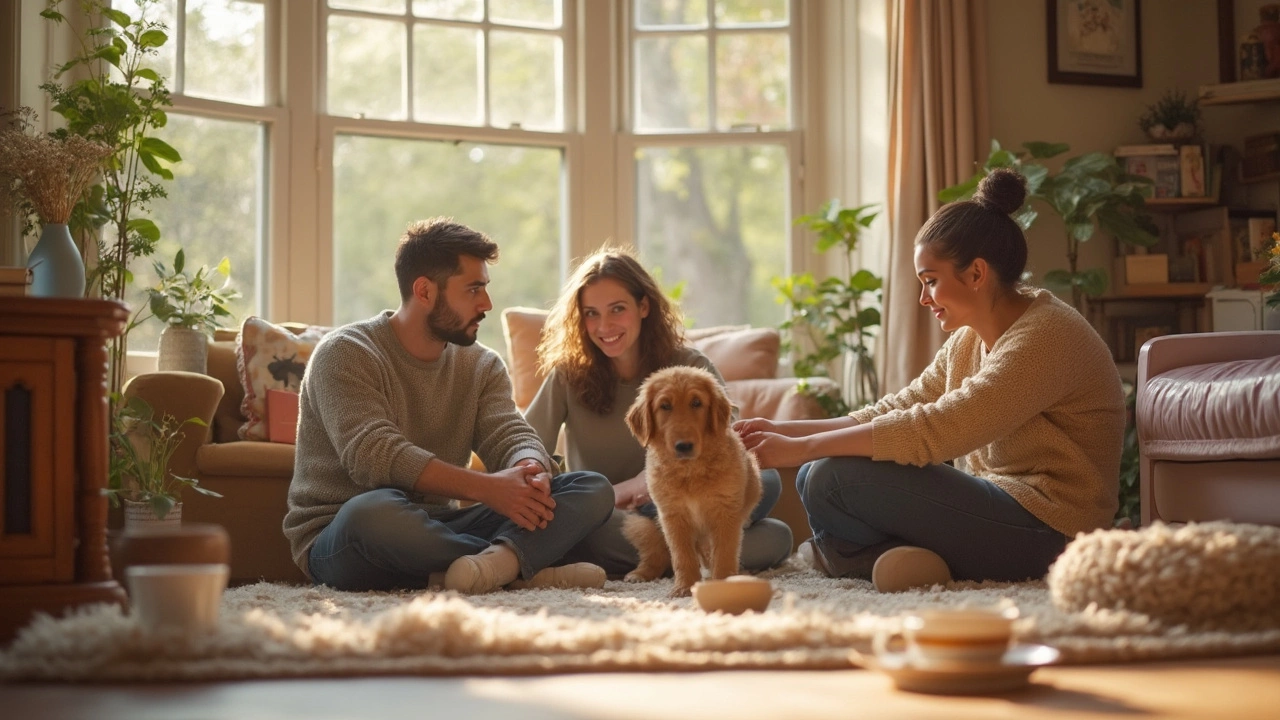Beginner Puppy Tips: What Every New Dog Owner Needs
Got a fluffy newcomer and feeling a bit lost? You’re not alone. The first weeks are full of tiny accidents, sleepless nights, and endless questions. Below are the most useful, no‑fluff tips that will help your pup settle in fast and keep you from pulling your hair out.
Potty Training & Feeding Basics
Start with a consistent schedule. Take your puppy out first thing in the morning, after meals, after play, and right before bedtime. A 5‑minute walk to the same spot each time trains their nose to associate that area with bathroom breaks. If you catch them inside, interrupt gently and rush them outside – never shout, it only scares them.
Feed at set times, too. Most puppies do well with three meals a day until they’re about six months old. Measure the food, keep a log, and adjust portions if you notice weight changes. Fresh water should always be within reach, but don’t leave bowls out overnight if your pup tends to splash.
Crate training doubles as potty training. Choose a crate that’s just big enough for your puppy to stand, turn, and lie down. Dogs naturally avoid soiling their sleeping area, so a short‑term crate (a few hours) nudges them to hold it until you’re ready to go outside.
Sleep, Crate & Bedtime Tips
Sleep is where the real bonding happens. In the first few weeks, let your puppy nap in your bedroom. A night‑time crate placed at the foot of the bed lets them hear you, feel safe, and learn that bedtime means calm. Keep the crate door closed while they’re sleeping unless they’re having a panic episode – opening it can reinforce waking up for attention.
Set a bedtime routine that signals the end of the day: a short walk, a gentle brush, and a calm “good night.” Dim the lights and avoid loud TV or music. If your puppy whines, wait a minute before you respond; an immediate rescue teaches them that crying gets attention.
When it comes to the crate door during naps, most experts say keep it shut. An open door can tempt a curious pup to hop out, startle themselves, and associate the crate with chaos. Only open it when you’re ready for a bathroom break or a calm play session.
For bedtime, aim for 12‑14 hours of sleep spread over 4‑5 naps for a 10‑week-old pup. If they’re restless, check the temperature, bedding, and any drafts. A snug blanket and a chew toy can calm a jittery mind.
Remember, consistency beats perfection. If you miss a step, get back on track the next day. Puppies are quick learners, especially when they see you stay calm and patient.
With these simple habits – regular potty trips, set feeding times, a cozy crate, and a steady bedtime routine – you’ll watch your new buddy grow into a well‑behaved companion. Enjoy the cuddles, the goofy moments, and the sense of accomplishment that comes with every small victory.
Posted By Bryndle Redding On 16 Jun 2025 Comments (0)
Puppy Care for Beginners: How to Raise a Happy, Healthy Pup
Bringing home a new puppy is thrilling but comes with a million questions if you’re new to it. This article guides beginners through the basics, covering daily routines, essential gear, feeding advice, early socialization, and vet care. You'll learn how to create a safe, welcoming environment and spot common mistakes people make. Expect to walk away with practical tips you can use right away—and answers to the stuff nobody tells you about raising a puppy.
READ MORE